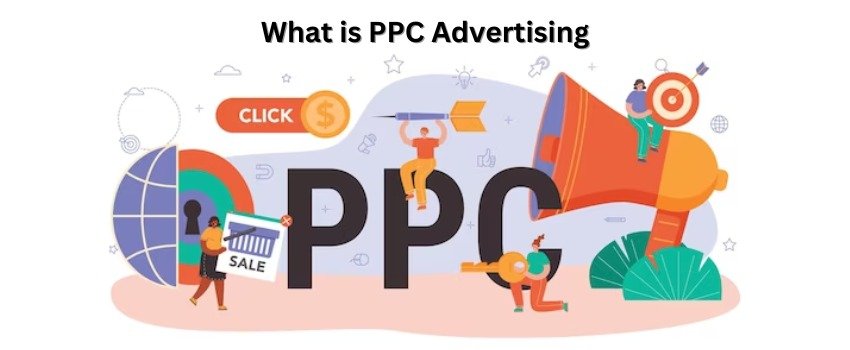What Is PPC & How Paid Search Marketing Works
In today’s competitive digital landscape, businesses can’t rely on organic traffic alone to get results. While SEO builds long-term visibility, Pay-Per-Click (PPC) advertising offers a faster, more controlled way to reach your audience. But what exactly is PPC, and how does paid search marketing really work? Let’s break it down. What Is PPC? PPC, or Pay-Per-Click advertising, is a digital marketing model where advertisers pay a fee each time someone clicks on their ad. Unlike traditional advertising where you pay upfront for exposure, PPC ensures you only pay when a potential customer actually engages with your ad. The most common platform for PPC is Google Ads, but it’s not limited to Google alone—Bing Ads, LinkedIn, and even eCommerce platforms like Amazon also run on the PPC model. Key PPC features include: How Paid Search Marketing Works Paid search is a type of PPC where your ads appear in search engine results pages (SERPs). Here’s how it works step by step: Why PPC Matters for Businesses In fact, the smartest digital strategies combine PPC and SEO together. Relying on one alone often leads to missed opportunities. Learn more in our guide: PPC vs SEO: Why Relying on Only One Is a Bad Idea. PPC Best Practices for Better ROI Final Thoughts PPC is more than just paying for clicks—it’s about connecting with the right customer, at the right time, with the right message. While SEO builds authority, paid search marketing provides speed and precision. Businesses that combine both gain a sustainable advantage in lead generation and sales. If you’re ready to accelerate your growth, PPC is a proven, trackable way to get results fast.
What Is PPC & How Paid Search Marketing Works Read More »


